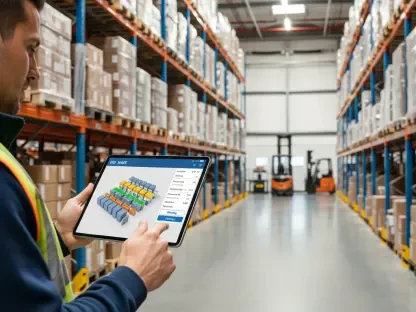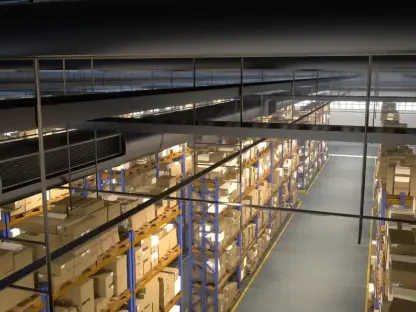In the dynamic landscape of North American commerce, the resurgence of rail traffic has become a focal point of interest. Rail traffic plays a pivotal role in ensuring the seamless movement of goods across vast distances, impacting supply chains and regional economies. The year 2025 has seen significant growth in rail volume throughout the United States, despite mixed results across Canada and Mexico. To understand this phenomenon, insights from industry experts and key stakeholders have been gathered, shedding light on the major factors contributing to this growth. Let’s delve into what’s fueling this increase, exploring various angles and expert opinions.
Mapping the Rail Landscape
Rail traffic has experienced fluctuations over the past decades, influenced by economic trends, technological developments, and policy shifts. The significance of rail traffic growth this year is paramount, enhancing the efficiency of supply chains and bolstering commerce. As rail traffic grows, it provides a crucial backbone for industries reliant on the timely movement of bulk goods and intermodal containers. This year, several factors have come together to drive this expansion in rail volume across North America.
Unpacking the Surge in U.S. Rail Volume
The Role of Key Commodities
Several key commodities have been instrumental in propelling the growth of U.S. rail volume. Coal, nonmetallic minerals, and chemicals have shown substantial increases, contributing significantly to overall rail traffic. According to data from the Association of American Railroads (AAR), these commodities have consistently bolstered the carload numbers, despite the challenges posed by fluctuating commodity prices and stringent environmental regulations.
Intermodal’s Rising Influence
Intermodal traffic, which involves the transportation of goods in containers that can be moved by different modes of transport, has also seen remarkable growth. This rise in intermodal traffic has driven a considerable portion of rail’s overall growth. Major rail companies have adapted their operations to meet this demand, demonstrating flexibility and forward-thinking strategies. However, intermodal transport faces competitive pressures from other freight modes that offer different advantages.
Impact of Infrastructure and Innovation
Infrastructure investments and technological advancements have played a crucial role in enhancing rail traffic. Regional differences in infrastructure development have created varied impacts on rail volume. Some areas have made substantial progress, while others still face challenges. Emerging innovations such as autonomous trains and advanced analytics are also transforming the efficiency and reliability of rail transport, challenging traditional assumptions and setting new standards.
Economic and Policy Factors
Economic conditions and government policies significantly influence rail traffic. Trade agreements and economic growth within different regions of North America have varying effects on rail volume. Government policies aimed at promoting infrastructure development and reducing regulatory barriers have positively impacted rail traffic growth. Future economic shifts and potential policy changes will inevitably shape the trajectory of rail traffic trends.
Actionable Insights and Industry Best Practices
From this analysis, several key takeaways emerge. Stakeholders in the rail industry should focus on optimizing operations around key commodities, enhancing intermodal capabilities, and investing in infrastructure and technology. Best practices in logistics and strategic planning can help capitalize on growth opportunities. Additionally, maintaining flexibility to adapt to evolving economic and policy landscapes will be essential for sustained growth.
Looking Ahead: The Future of Rail Traffic
The themes and insights outlined in this discussion underscore the critical role of rail transport in the North American economy. As advancements in technology and strategic investments continue to shape the industry, rail traffic is likely to remain a cornerstone of commerce. Industry stakeholders must stay vigilant and proactive in navigating the complex factors affecting rail traffic, ensuring that the railways continue to be a vital conduit for goods across the continent. In considering the evolving landscape of rail transportation, it is imperative to think strategically about long-term growth and sustainability in this key sector.









